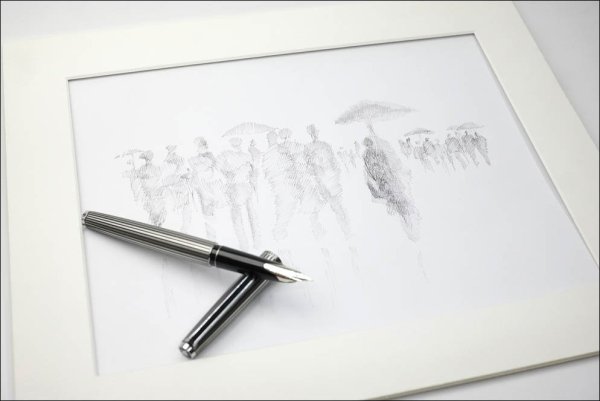Vintage Pilot Pen
-
Forum Statistics
357.5k
Total Topics4.7m
Total Posts -
Member Statistics
130,010
Total Members18,857
Most OnlineNewest Member
tom servo
Joined -
Images
-
Albums
-
Misfit’s 8th album
- By Misfit,
- 0
- 0
- 3
-
Andrew Lensky Arts II
- By Andrew_L,
- 0
- 0
- 1
-
GlenV2
- By GlenV,
- 3
- 3
- 95
-
more1
- By AmandaW,
- 0
- 0
- 31
-
Icones Pupulinianae VI
- By fpupulin,
- 1
- 2
- 89
-

















.thumb.jpg.f07fa8de82f3c2bce9737ae64fbca314.jpg)









Recommended Posts
Create an account or sign in to comment
You need to be a member in order to leave a comment
Create an account
Sign up for a new account in our community. It's easy!
Register a new accountSign in
Already have an account? Sign in here.
Sign In Now